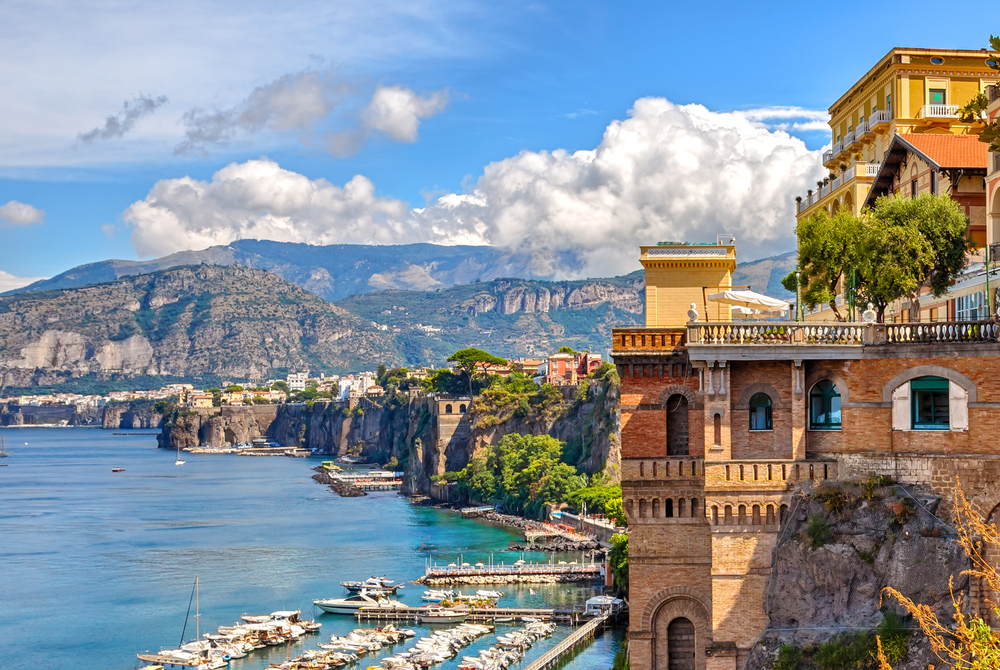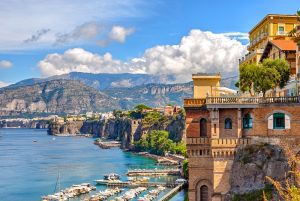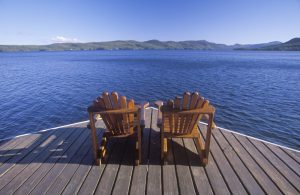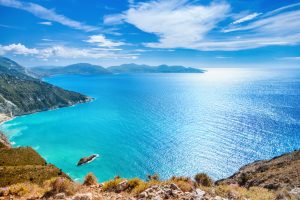Located between southern Europe and northern Africa, the Mediterranean Sea is one of the world’s most well-known bodies of water. Famed for its beautiful blue waters and ritzy resorts, the Mediterranean has been a tourist hot spot for centuries – but there’s more than meets the eye to this famous inland sea.
If you’ve ever wanted to learn more about it, continue reading to discover the 30 most interesting facts about the Mediterranean Sea that you probably didn’t know about.
Table of Contents
1. Etymology
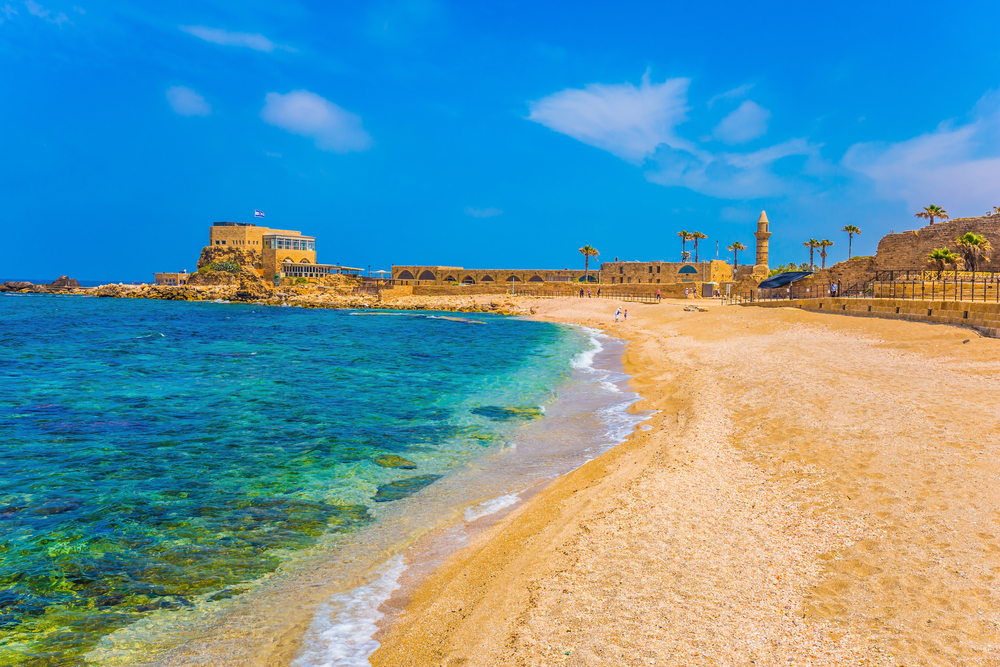
Back when the Roman Empire was at its peak, the Mediterranean Sea was thought to be the center of the world – hence its original name combining the Latin words “medius” (middle), “terra” (land or earth), and “āneus” (having the nature of) to create “mediterraneus”, or “middle of the earth”.
Before it was dubbed with its Latin title, the Mediterranean Sea had a few different names including simply “The Sea”, “The Great Sea”, “Our Sea”, “The Internal Sea”, and “The Sea Around Us”, among others.
2. Ancient Mediterranean Civilizations
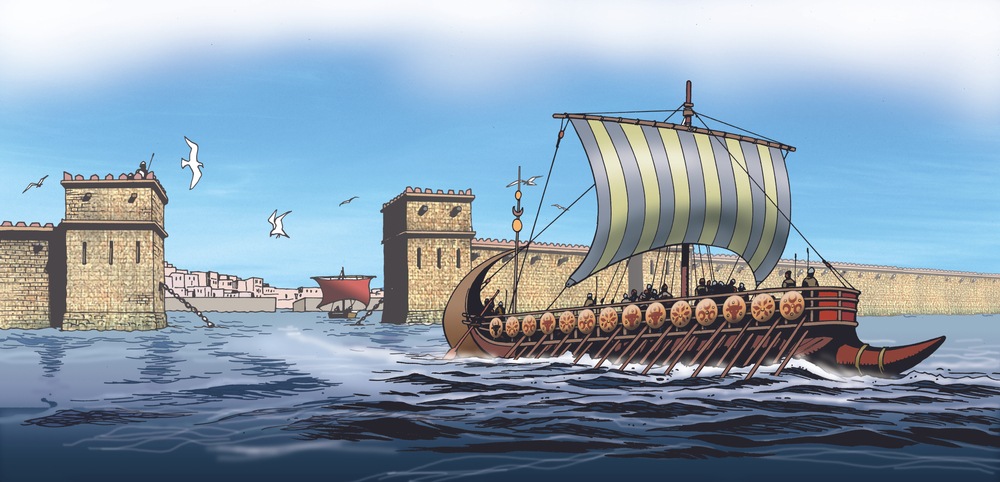
Historically, the Mediterranean has proved to be a place where civilizations could flourish – and many ancient people called this region home.
Two of the most notable ancient civilizations were the Greek city states and the Phoenicians. These two groups colonized the Mediterranean extensively and developed lasting traditions of art, philosophy, literature, medicine, and much more.
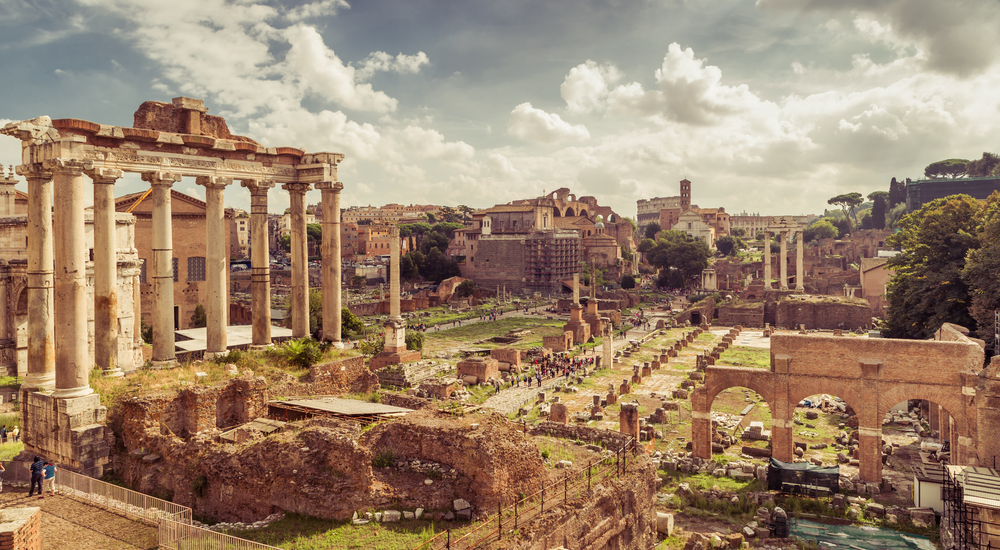
The Roman Empire was perhaps the most important ancient civilization. While there are many different countries surrounding the Mediterranean Sea today, the sea and its entire border belonged solely to the Romans at the height of this ancient empire, and this lasted for several centuries!
The Roman Empire is mostly known for its powerful domain and extensive political and social structure, but they often fail to receive the credit they deserve for some of their inventions. Thanks to innovations like central heating, heated floors, and indoor plumbing, life in Rome was pretty luxurious (if you could afford it, that is).
Other inventions thought up by the Romans include newspapers, concrete, and sewer systems, among with many others.
3. Location
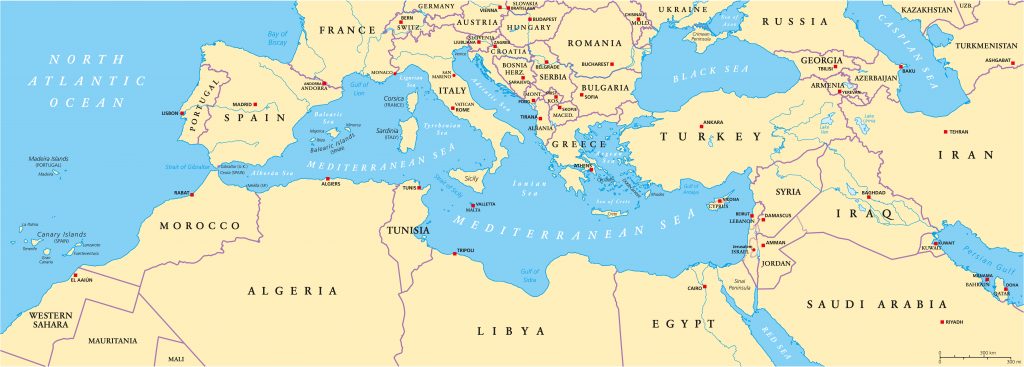
The Mediterranean Sea is located between southern Europe and Anatolia to the north, North Africa to the south, and the Levant to the east. If you ever need them, the exact coordinates of the Mediterranean Sea lie between 30° and 45° N latitudes and 6°W and 35°E longitudes.
4. Countries with Coasts on the Mediterranean
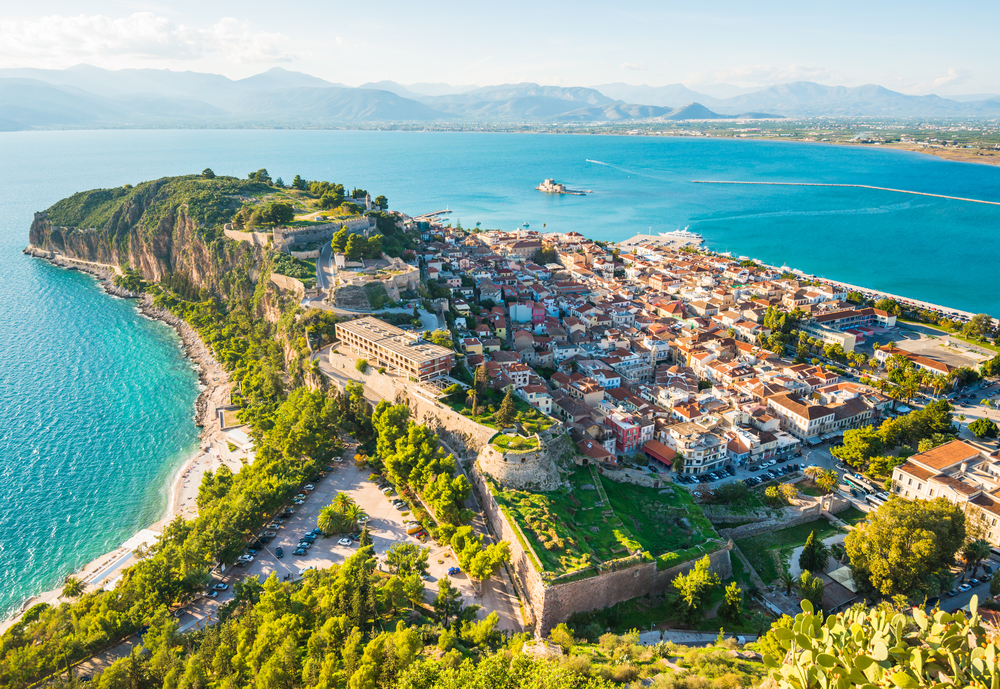
The coastline of the Mediterranean Sea stretches across 22 different countries and measures over 46,000km (around 29,000 miles). The countries are listed below and categorized by their position along the sea.
- The Northern Shore consists of: Spain, France, Monaco, Italy, Slovenia, Croatia, Bosnia and Herzegovina, Montenegro, Albania, Greece, and Turkey.
- The Eastern Shore includes: Syria, Lebanon, Israel, Palestine, and Egypt.
- The Southern Shore comprises: Morocco, Algeria, Tunisia, and Libya.
- There are two independent island nations located inside of the Mediterranean Sea: Malta and Cyprus
There are also a few territories with borders along the Mediterranean Sea, including:
- The British Overseas Territory of Gibraltar in southern Spain
- The autonomous Spanish cities of Ceuta, Melilla, and the Plazas de Soberania (a series of minor Spanish territories that are actually closer to Africa than Europe)
- The Sovereign Base Areas of Akrotiri and Dhekelia on Cyprus (British Overseas Territory)
- The Palestinian Gaza Strip
5. Islands of the Mediterranean
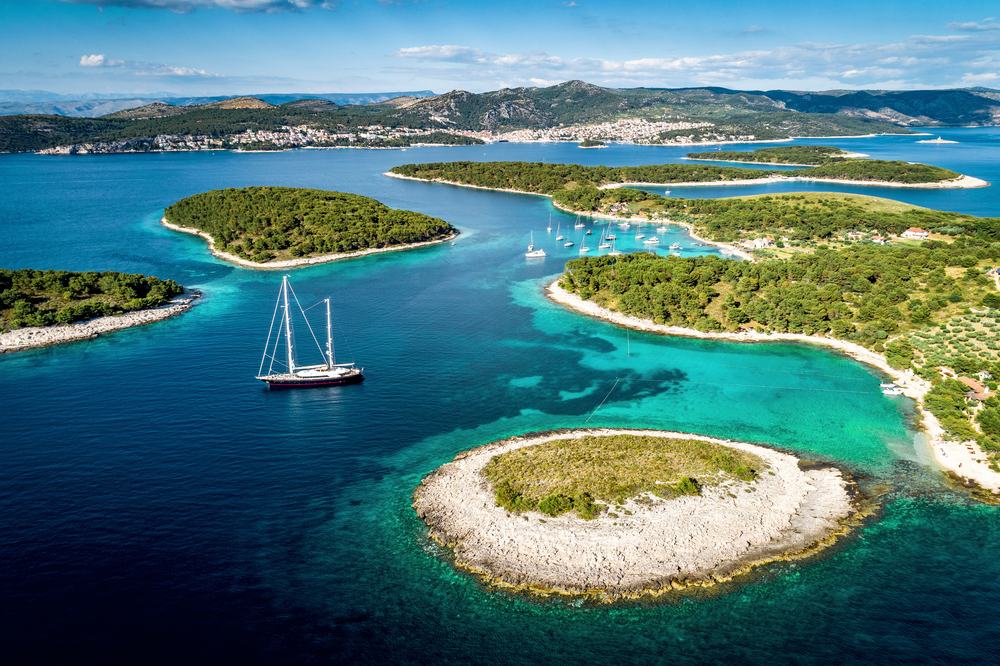
Besides the two independent island nations in the Mediterranean Sea (Malta and Cyprus) there are thousands of other islands, though the exact number is a bit of a mystery. Greece claims over 6,000, though only 227 of those are actually inhabited.
It would be impossible to list all of the islands, but some of the largest in the Mediterranean Sea include:
- Rhodes, Crete, Cyprus, Kefalonia, Lesbos, Andros, Samos, Limnos, Corfu, Chios, and Euboea in the east
- Malta, Pog, Sicily, Hvar, Krk, Cres, Korcula, and Brac in the center
- Menorca, Majorca, Ibiza, Corsica, and Sardinia to the west
6. Geology
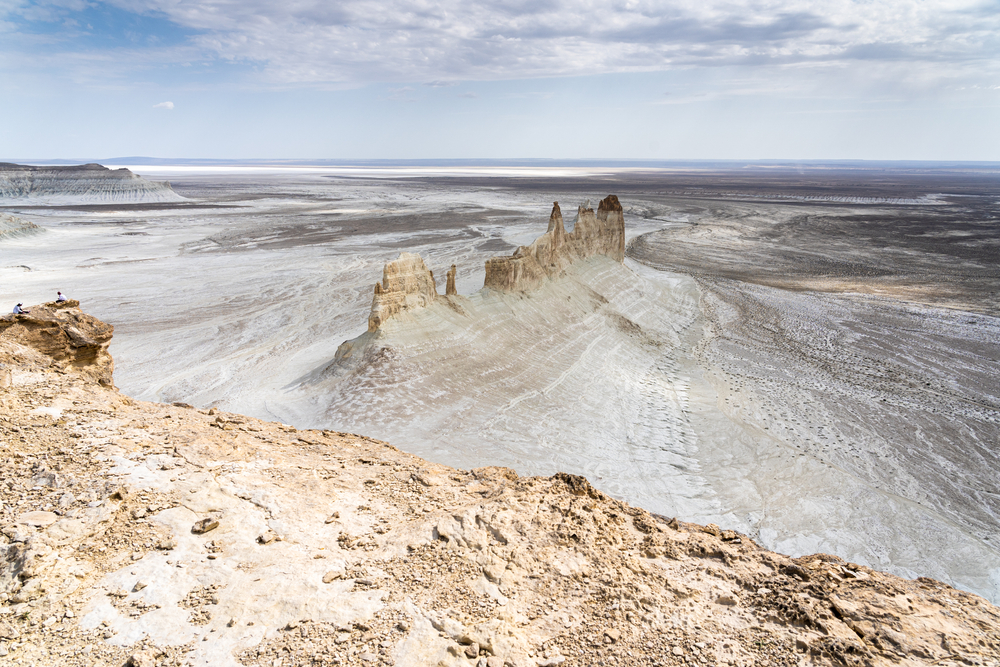
The geology of the Mediterranean Sea is quite a conundrum, and its inception dates back hundreds of millions of years. For most of human history, the Mediterranean Sea was thought to be the remnant of an older body of water, the Tethys Ocean.
New studies from the 1960s suggest that the basin is actually much younger and is a result of tectonic movement and the convergence of the African and Eurasian plates during the Late Triassic and Early Jurassic periods. This movement covered the aforementioned Tethys Ocean and created massive mountain peaks and a new basin for what would eventually become the Mediterranean Sea.
Due to its dry climate, the Mediterranean dried up completely and remained that way for nearly 1 million years. Scientists believe that the sea was eventually filled in less than two years by the Zanclean Flood, when the Atlantic Ocean first began to flow into the Mediterranean via the Strait of Gibraltar (5.3 million years ago). The pressure of this flood is thought to have been about a thousand times greater than the current flow of the Amazon River.
While the current theory is widely accepted, there is no unanimous agreement regarding the basin of the Mediterranean Sea.
7. Topography of Land Surrounding the Mediterranean Sea
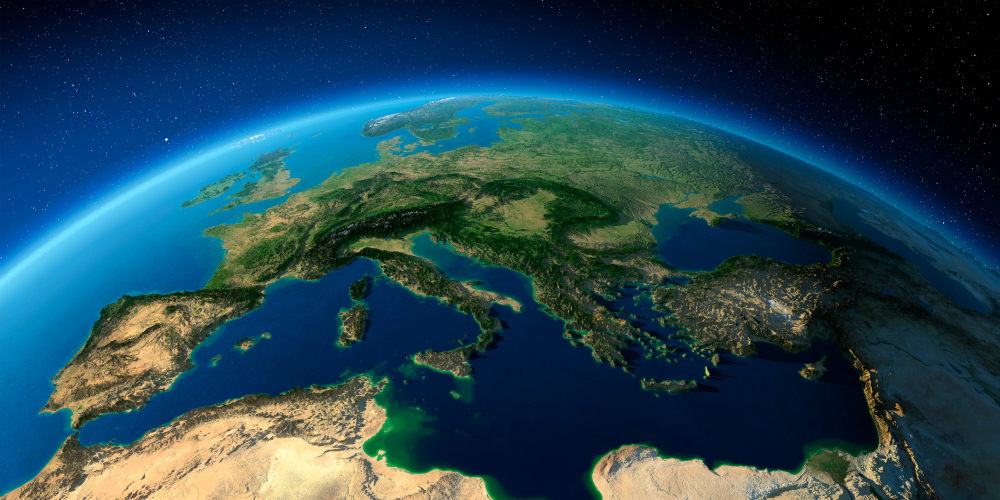
Much of the topography of the land surrounding the Mediterranean Sea was highly impacted by tectonic plate convergences. This is especially true in the northern regions, where high mountain peaks and steep rocky cliffs make up much of the landscape.
The region is quite varied, however, and you’ll find the topography switches to a flatter coastline with desert terrain in other areas.
8. Mediterranean Climate

The Mediterranean is known for its pleasing climate, but there are some unpredictable weather patterns in this region that you may not be aware of.
When we speak about the Mediterranean Sea climate, we are referring solely to the coastal zones. Summer weather is what this area is known for, and hot temperatures, calm seas, and dry heat are common forecasts – but the winters around the Mediterranean are actually quite windy and wet.
Rainfall varies by area, but the mountainous coastal regions receive the most precipitation by a long shot. The Dalmatian coast in Croatia also receives quite a bit of rainfall each year, while at the opposite end of the spectrum, the North African part of the Mediterranean receives quite little in comparison.
The airflow is one of the biggest impacts on the climate in the Mediterranean, and the various types of wind tunnels that flow through the gaps in the mountain ranges have a big impact on the region. The wind causes significant moisture reduction, which in turn causes high rates of evaporation, often leading to water shortages in the summer months.
9. Regional Crops
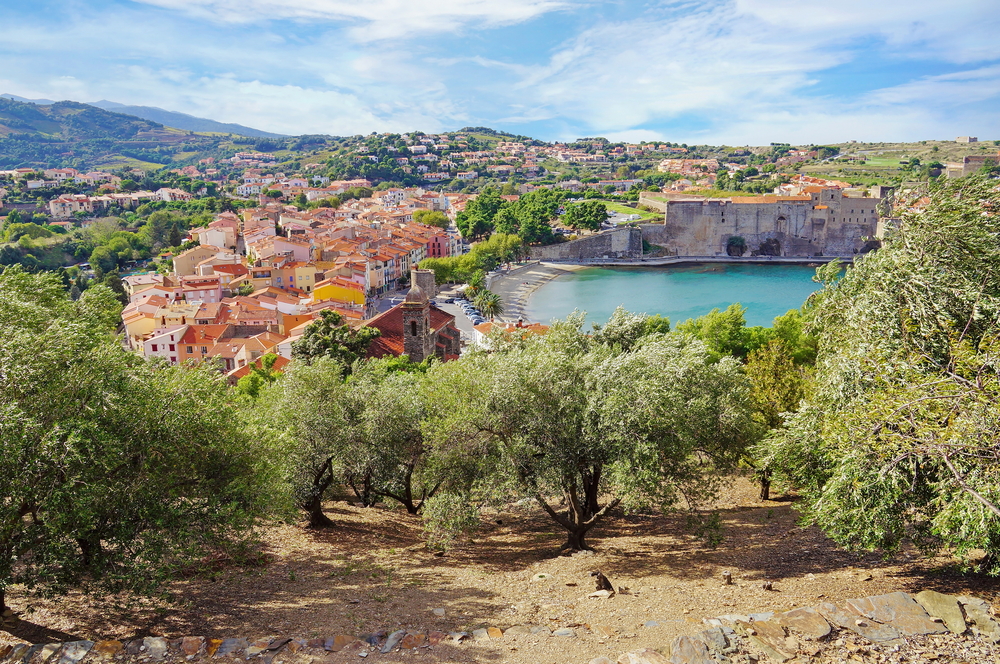
Although the climate does vary, most of the vegetation has evolved to survive the long, dry summer months. Some of the most common crops in the Mediterranean region include olives, oranges, tangerines, grapes, and cork.
10. Size
The Mediterranean Sea is the largest inland sea in the entire world and covers roughly 2.5 million sq km (965,000 sq miles).
The water volume of the Mediterranean Sea is thought to be over 3.7 million cubic kilometers.
The average depth of the sea is 1,500 m (4,900 feet), though its deepest point (Calypso Deep in the Ionian Sea) reaches down to 5,267 m (17,280 feet).
11. Primary Inflows
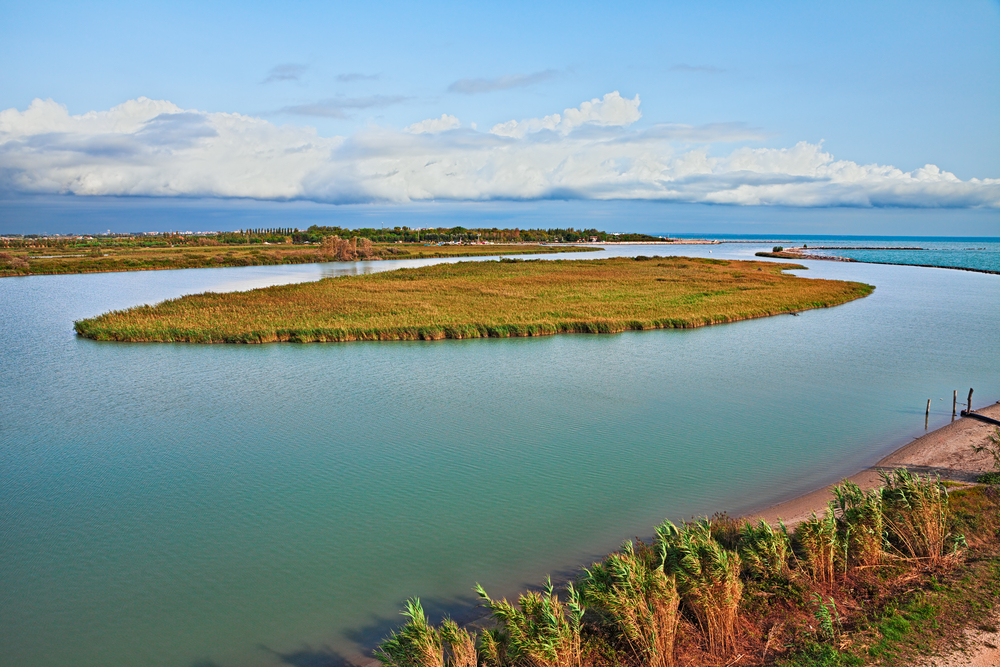
Because of the high level of evaporation, the Mediterranean Sea relies on various inflows to maintain its water level. These primary inflows include:
- The Atlantic Ocean
- The Nile River from northern Egypt
- The Sea of Marmara
- The Po River out of northern Italy
- The Chelif River out of northern Algeria
- The Rhone River out of southern France
- The Ebro River out of northeast Spain
Even with all of these sources of inflow, the average evaporation of the Mediterranean Sea still exceeds the river runoff and the annual rainfall combined.
12. Subdivisions of the Mediterranean Sea
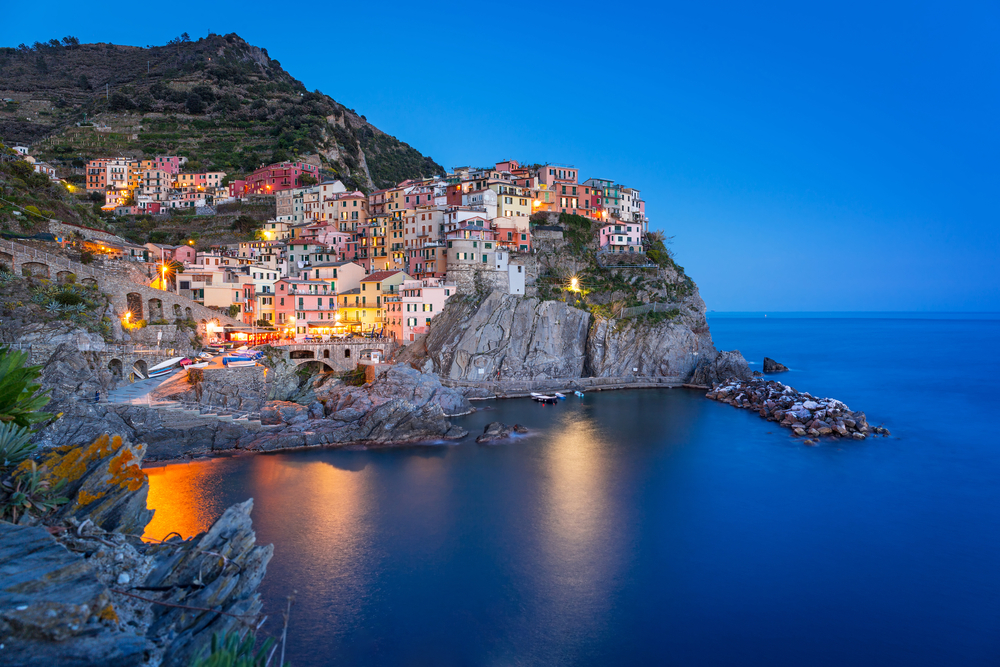
The Mediterranean Sea is massive, and has therefore been categorized into smaller bodies of water by the International Hydrographic Organization (IHO). The major subdivisions recognized by the IHO include:
- The Strait of Gibraltar (located between southern Spain and northern Africa)
- The Alboran Sea (located between Morocco and Spain)
- The Balearic Sea (located between the Balearic Islands and Spain’s mainland)
- The Ligurian Sea (located between the Italian islands of Liguria and Corsica)
- The Tyrrhenian Sea (located between Sicily, Sardinia, and Italy’s western peninsula)
- The Ionian Sea (located between Greece, Italy, and Albania)
- The Adriatic Sea (located between Albania, Montenegro, Bosnia and Herzegovina, Croatia, Slovenia, and Italy)
- The Aegean Sea (located between Turkey and Greece), which has been further divided into its own distinct regions including:
- The Icarian Sea (located between Cyprus and Turkey)
- The Sea of Crete (located to the north of Crete)
- The Myrtoan Sea (located between the Cyclades archipelago and Greece’s mainland region of Peloponnese)
- The Thracian Sea (located just above the main part of the Aegean Sea)
There are also some regions within the Mediterranean that are NOT recognized by the IHO, some of which date back to ancient times. The most common of these subdivisions include:
- The Libyan Sea (a bay located to the north of Libya)
- The Levantine Sea (located on the eastern end of the Mediterranean Sea)
- The Sea of Sicily (located between Sicily and Tunisia)
- The Sea of Sardinia (located near the Balearic Sea between the Balearic Islands and Sardinia)
13. Straits and Gulfs
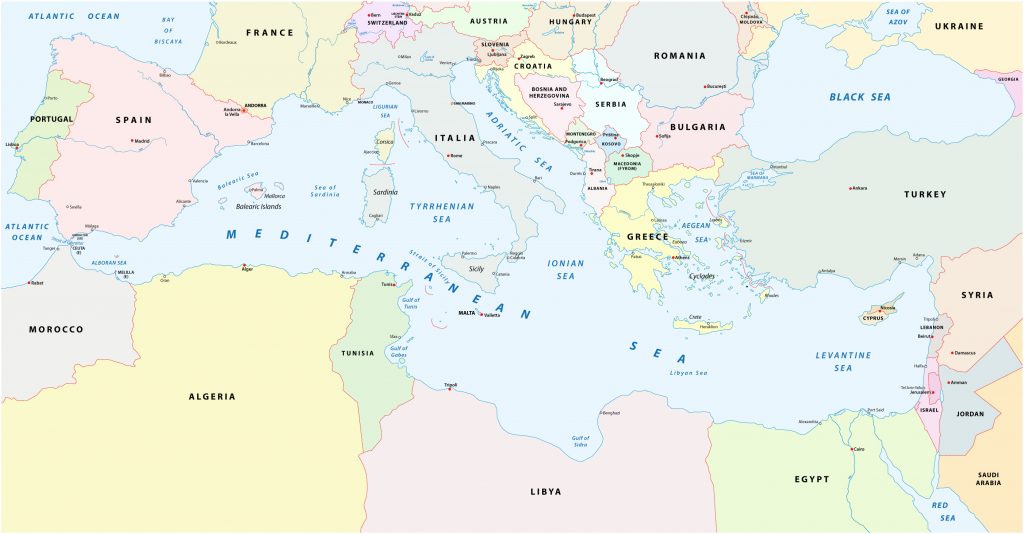
While the subdivisions help differentiate certain areas of the Mediterranean Sea, there are still over 500,000 gulfs, straits, channels, and other parts of the sea, many of which don’t even have names. Many are fairly famous, however, and some of the most well known include:
- The Gulf of Venice
- The Gulf of Taranto
- The Gulf of Lion
- The Strait of Sicily (the sub sea ridge along this strait is actually the divider between the Eastern Mediterranean Sea and the Western Mediterranean sea)
- The Gozo Channel
- The Malta Channel
- The Bay of Gibraltar
- Saint George Bay
- Ras Ibn Hani Cape
- The Strait of Messina
14. The Strait of Gibraltar
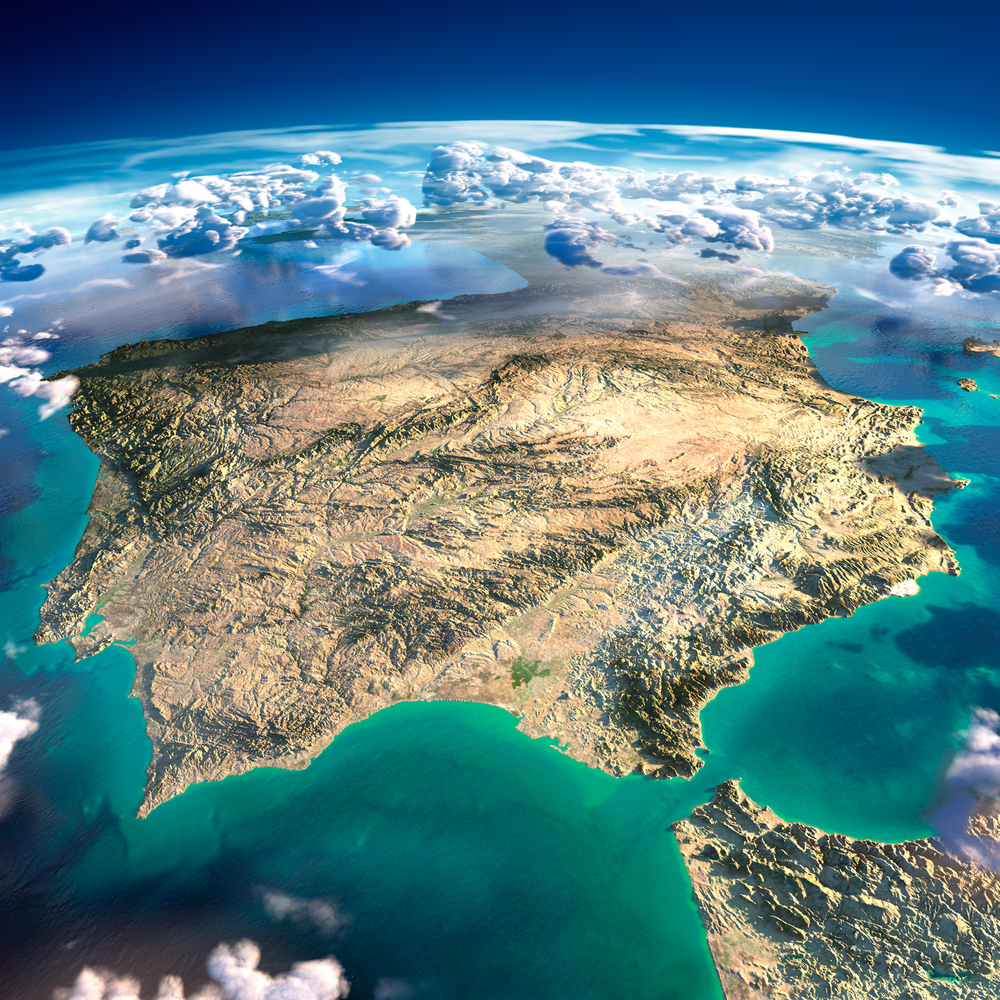
One of the most famous and most important straits in the Mediterranean Sea is the Strait of Gibraltar, a narrow passageway between the south of Spain and the northernmost tip of Africa. The strait measures just 8 miles wide at its narrowest point, and is where the Atlantic Ocean meets the Mediterranean Sea.
Due to this narrow connection between the two bodies of water, tides in the Mediterranean Sea are less severe than in other seas and oceans. The salt levels are also much higher, however, especially in the east – mostly due to the small passageway and high evaporation levels in the Mediterranean.
15. The Suez Canal
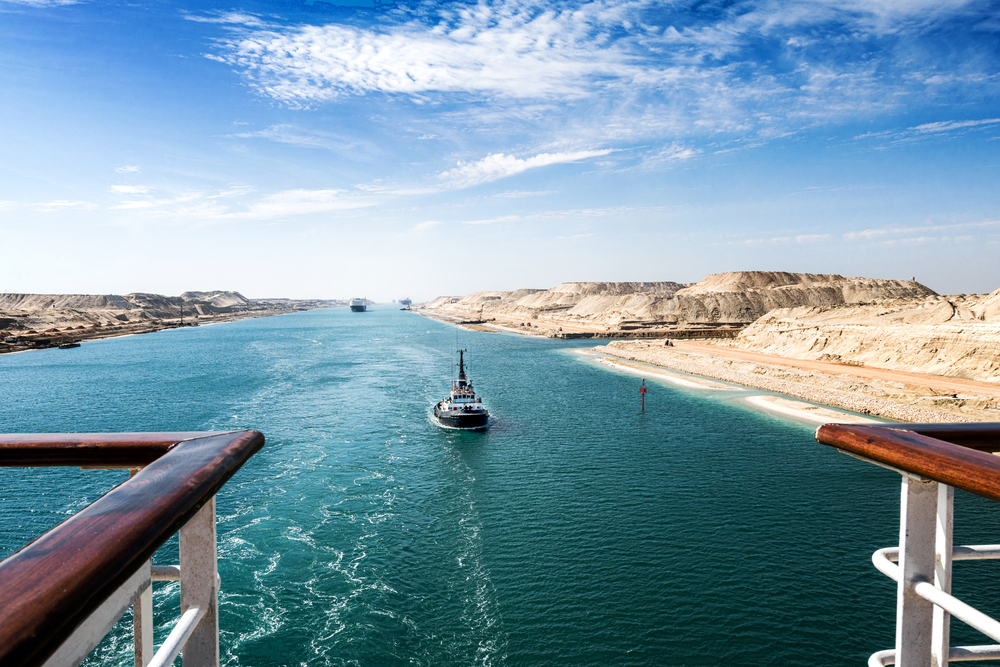
The canal between the Mediterranean Sea and the Red Sea was built when Darius I of Prussia conquered Egypt back in 519 BCE. He did so by cutting open an existing canal and expanding it so that it could accommodate two triremes (a type of ancient watercraft) side by side with all their oars extended.
Today, this waterway is known as the Suez Canal – and is one of the most important trading routes in the world.
16. The Sea of Marmara
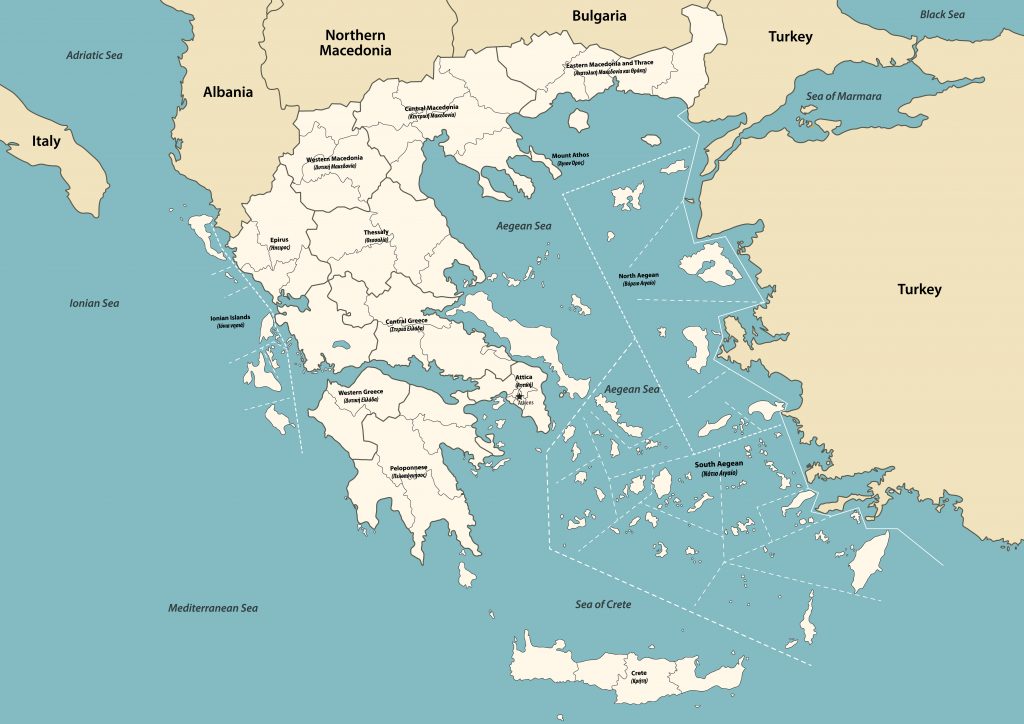
The third and final separate body of water that the Mediterranean Sea is connected to is the Black Sea. The Dardanelles Strait connects the Mediterranean with the Sea of Marmara (which is usually thought of as part of the Mediterranean), and from there, the Bosphorus Strait passes through Istanbul and continues into the Black Sea.
Both the Dardanelles Strait and the Bosphorus Strait are naturally occurring, which makes sense when you consider how narrow they are.
17. Biodiversity

The Mediterranean Sea is one of the most biodiverse places in the entire world and supports a wide range of native flora and fauna. In fact, it has more endemic species than the Atlantic Ocean, and up to 30% of the species that live in the Mediterranean Sea can’t be found anywhere else on Earth.
The variety of rocky reefs, verdant seagrass meadows, and upwelling areas make great habitats for all the eclectic underwater species. Some of the most common fish in the Mediterranean Sea include Atlantic Bonito, sardines, parrot fish, and much much more. Other important species that swim these waters include dolphins, whales, seahorses, and a variety of turtles, to name just a few.
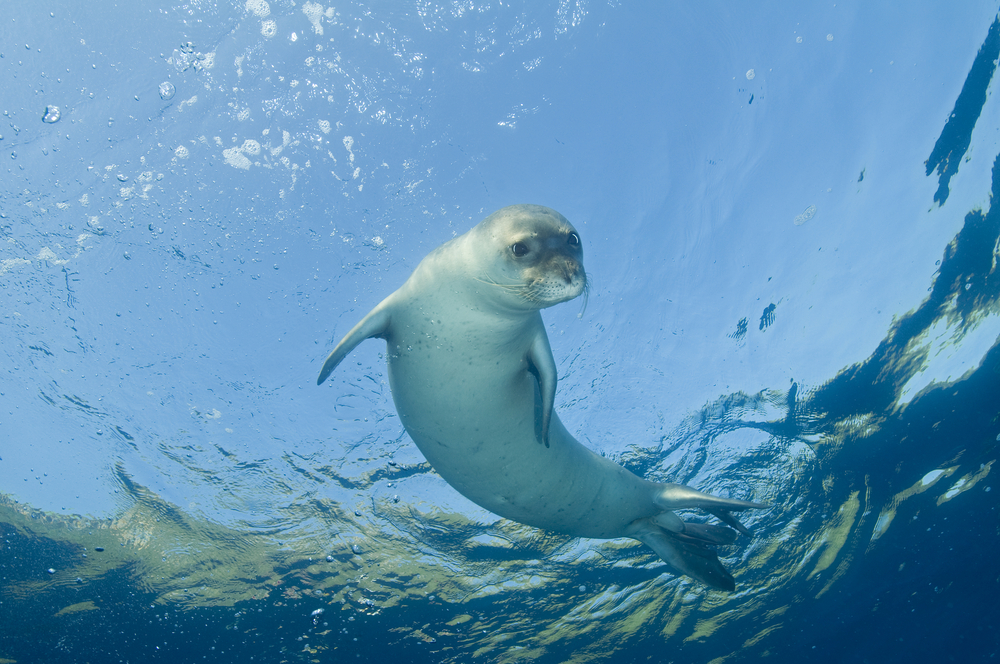
Ungfortunately, there are also many endangered species in the Mediterranean Sea – and more will likely be added to the list as climate change intensifies. One of the rarest creatures to call the Mediterranean Sea home is the Monk Seal, and this is the only body of water where you’ll find them.
18. Fishing in the Mediterranean
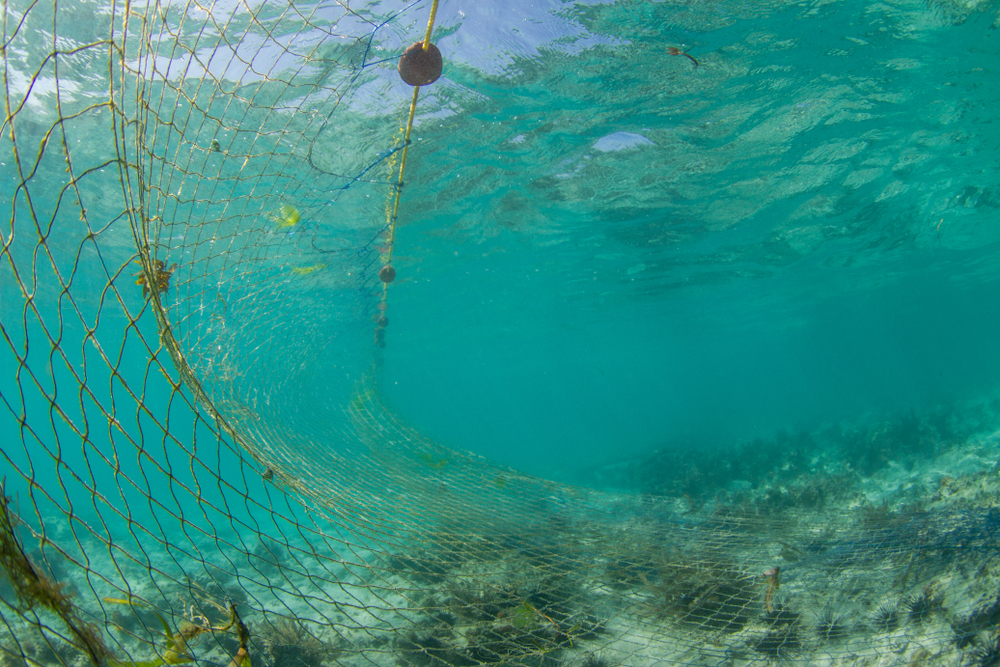
Seafood is a staple in Mediterranean cuisine, including shellfish, mollusks, and a wide variety of fish.
Unfortunately, overfishing is rampant in the Mediterranean, and one of the biggest causes is the use of trawl nets. These types of nets have extremely small mesh that picks up even the smallest fish, which are often undersized.
Drift nets are also a big cause of overfishing, and these massive nets are extended up to 24 kilometers (about 12 miles). These nets collect large quantities of fish and also end up killing all kinds of other creatures, like dolphins, monk seals, turtles, and even whales.
According to the European Environmental Agency, 65% of fish stocks are below safe biological levels in the Mediterranean Sea. Some of the most overfished populations include albacore and bluefin tuna, marlin, hake, sea bream, swordfish, and red mullet.
19. Climate Change and Pollution
Like many bodies of water around the world, climate change has and will continue to affect the Mediterranean Sea. Water levels are estimated to rise between 3 and 61 centimeters (1.2-24 inches) by 2100, which will have devastating impacts on drinking water and other important infrastructure for inhabitants of the region.
Pollution is also a big problem in the Mediterranean Sea; because it’s an inland sea with very few escape routes, anything that gets dumped here sticks around for years.
A whopping 80% of pollution in the Mediterranean Sea can be traced back to land-based activities according to the United Nations Environment Program, though overfishing and marine transport are also big contributors.
20. Temperature
The temperature of the Mediterranean Sea differs vastly depending on the depth, but water in the deepest parts average around 13°C (56°F). If climate change continues on its current trend, however, the Mediterranean Sea will eventually become too warm to support most of its marine life.
21. The Color of the Sea
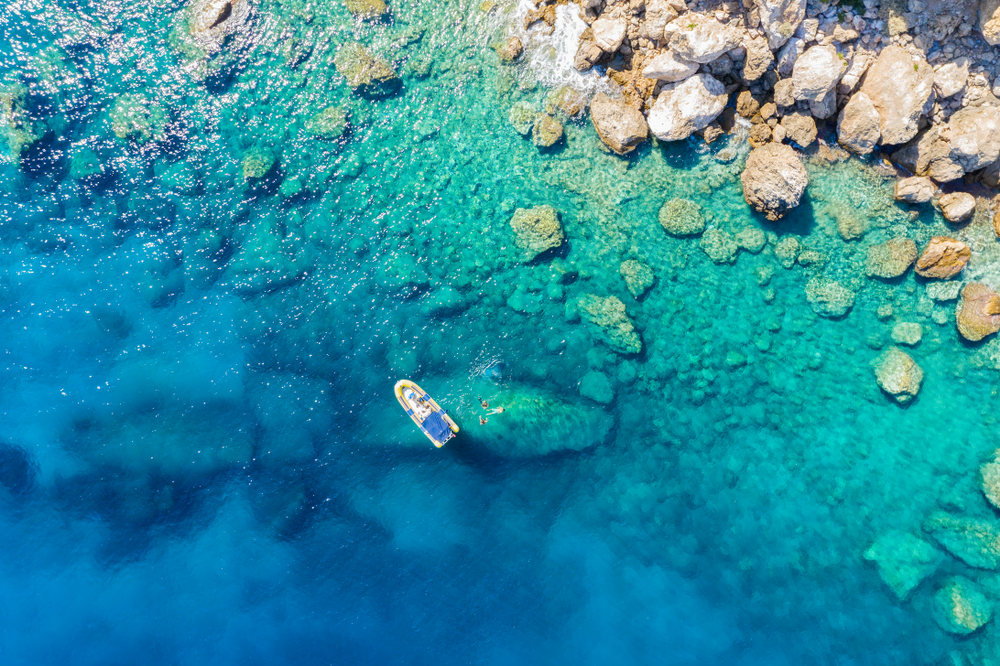
The Mediterranean Sea is iconic for many different reasons, but one of its most famous assets is its blue color. Although it is extremely biodiverse, the Mediterranean Sea lacks some of the nutrients that are common in other large bodies of water. This actually helps it maintain its lovely hue, as plants that cause murkiness in other oceans and seas cannot survive in these waters.
There are several reasons for the nutrient deficiency in the Mediterranean Sea, but one of the main causes is that most of the water comes from the surface of the Atlantic Ocean, where said nutrients are few and far between.
22. Tourism in the Mediterranean
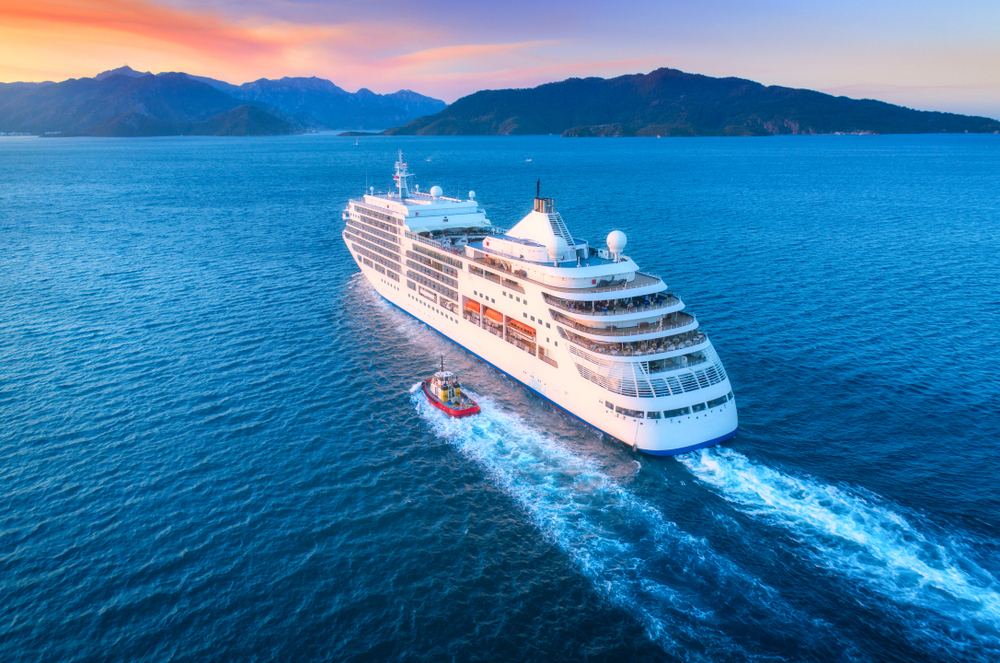
The Mediterranean has been a beloved vacation destination for centuries, though its popularity really skyrocketed after World War II. It is now one of the most popular tourist destinations for people from all over the world, with hundreds of millions of people visiting the region each year.
Many come to enjoy the beautiful beaches. Some of the most famous include:
- Navagio Beach (sometimes called smugglers cove) on the Greek Island of Zakynthos
- Jaz Beach in Kotor, Montenegro
- Barceloneta Beach in Barcelona, Spain
- Capriccioli Beach along Sardinia’s Costa Smeralda.
There’s a lot more to do in the Mediterranean than just hit the beach, however, and this region is also famous for its incredible cuisine, rich history, and stunning scenery that is unlike anywhere else on the planet.
23. The Mediterranean as a Migration Route
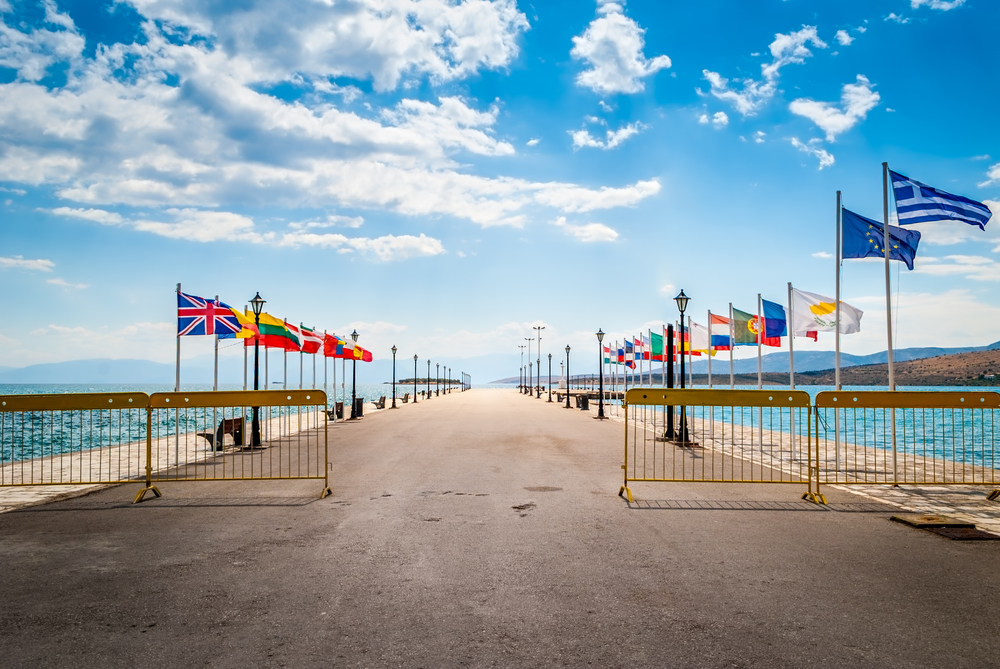
In recent years, the Mediterranean Sea has become a major passage for migrants seeking safety on European soil. Many of these migrants come by way of Libya, where extreme violence forces them to make the dangerous journey across the sea. Unfortunately, many do not survive the treacherous journey – and in the first six months of 2021 alone over 1,000 people have died trying to cross the Mediterranean Sea (MSF).
As climate change continues to increase and people are forced to evacuate their homes, we will likely see a new type of migrant – the climate refugee – in years to come. Some estimates find that in Egypt alone up to half a million people could be displaced in the near future.
24. The Mediterranean as a Shipping Route
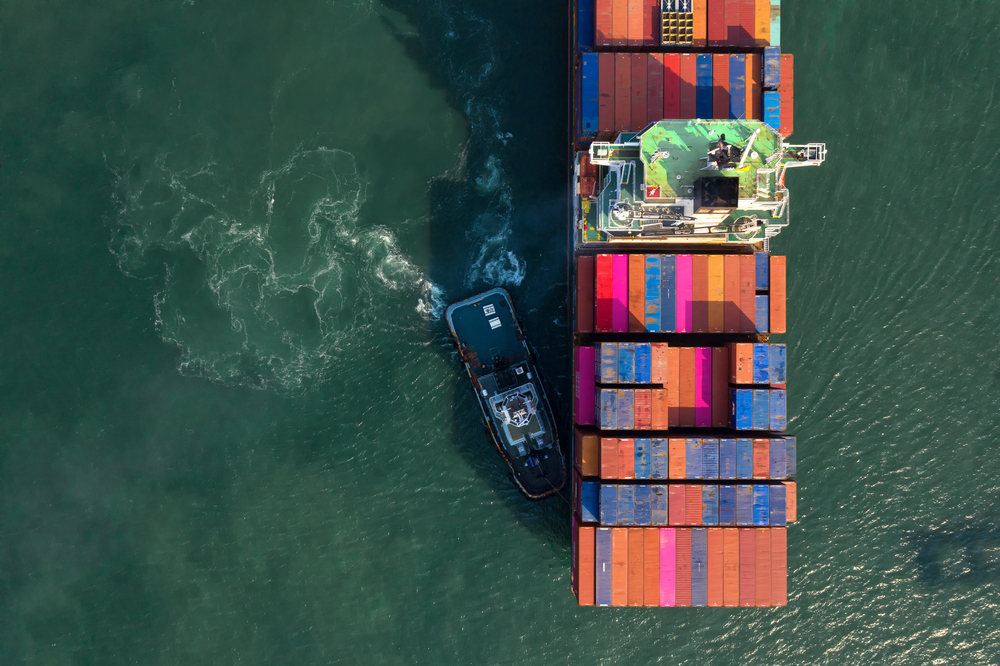
Since ancient times the Mediterranean Sea has been an important route for commercial purposes, and today there are over 22,000 boats and more than 100 tons of goods that cross the sea each year.
25. The Oldest City in the World
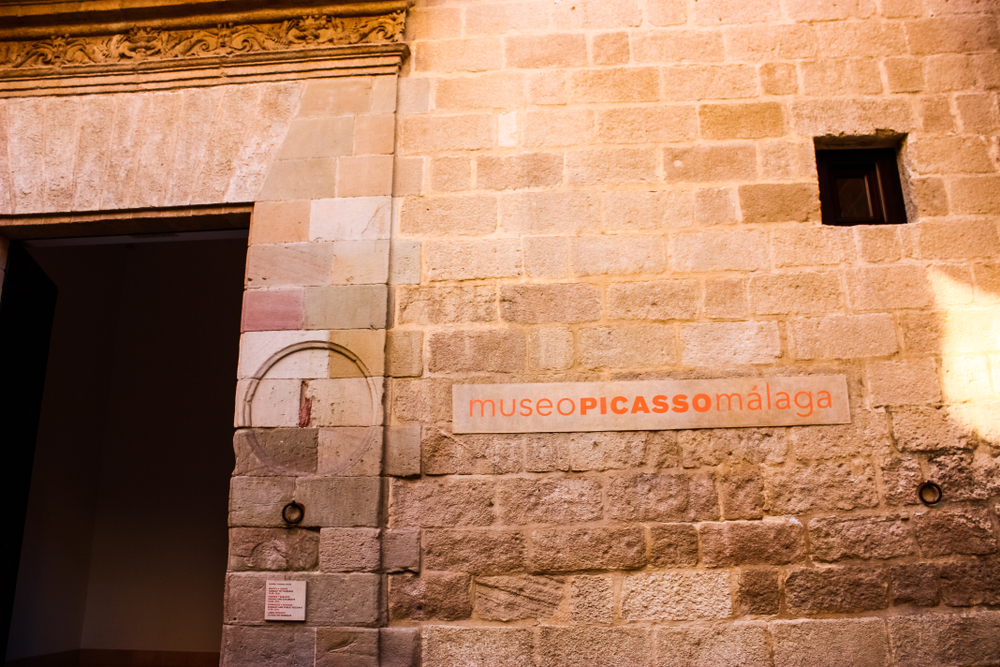
The city of Malaga on southern Spain’s Costa del Sol dates all the way back to the 7th century BC, and it’s one of the oldest cities in the entire world.
Though the city would be unrecognizable today to the Phoenicians who built it, some original city walls have somehow managed to survive. These walls are far from the domineering structures they once were, but they’re still likely to invoke a sense of wonder when you see them.
The remains are housed in the cellar of one of the city’s most frequented museums, though you may be surprised to learn that the Museo Picasso Malaga is actually dedicated to the city’s most famous artist (Pablo Picasso) rather than its ancient history.
26. The Cyprus Flag
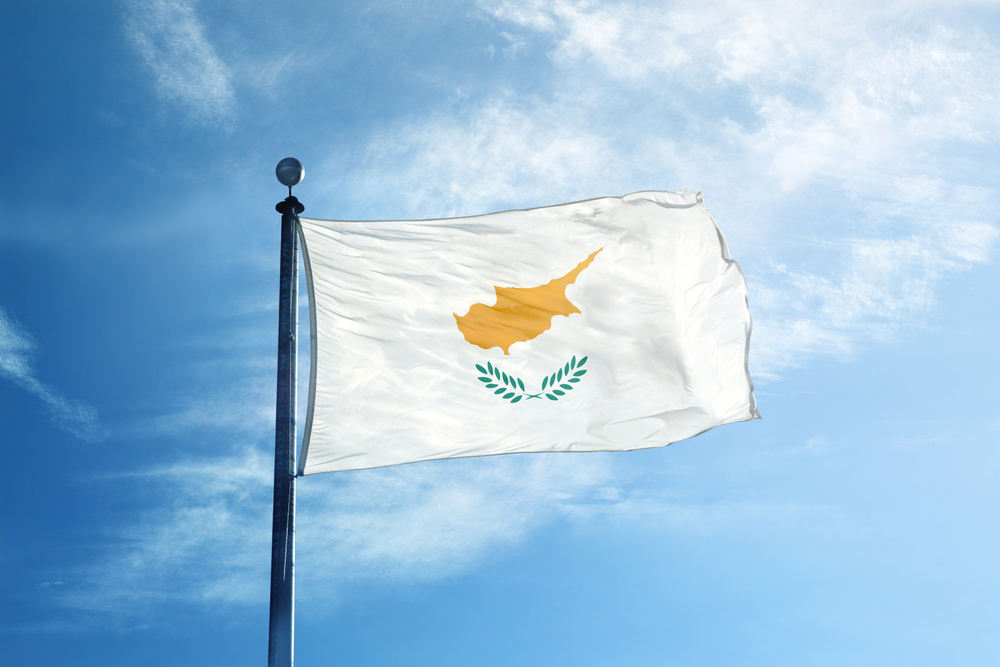
While it may not be the most beautiful flag in the world, the Cyprus flag is one of just two that features its own map (the other is Kosovo).
27. Thonis Heracleion
Also known as “the lost city of Cleopatra”, the ancient city of Thonis Heracleion was recently rediscovered after being buried for over 1,000 years. You may be wondering how a city that was buried underwater has magically resurfaced – and the answer is that it hasn’t (not really, anyway).
In the early 2000s, divers off the coast of northern Egypt recovered a large piece of stone from the bottom of the sea and brought it up to the surface. They eventually unearthed much more, including ruins of temples, coins, precious jewelry, and even a tomb.
Unlike the mysterious city of Atlantis, Thonis Heracleion was actually a confirmed city, though it is much less well known than other ruined sites like Pompei or Babylon. Thonis Heracleion was an important trading port for several centuries and was made up of a series of canals, temples, wharves, tower houses, all accessible by boat.
This ancient city is thought to have met its demise back in the second century BC after a tremor sent a large chunk of land toppling into the sea. Artifacts are still being discovered to this day, and archeologists believe that only a fraction of this ancient city has been discovered. The more you learn about Thonis Heracleion, the more fascinating it becomes!
28. Submarine Karst Springs

Sometimes referred to as “Vruljas”, submarine karst springs are some of the most interesting characteristics of the Mediterranean Sea. The springs are also very important and are known for discharging pressurized groundwater, providing a source of nutrients and fresh water to the sea.
There are several known locations where these karst springs are active in the Mediterranean Sea (and in other bodies of water around the world), though there are likely many more that we have yet to discover.
29. Volcanoes of the Mediterranean
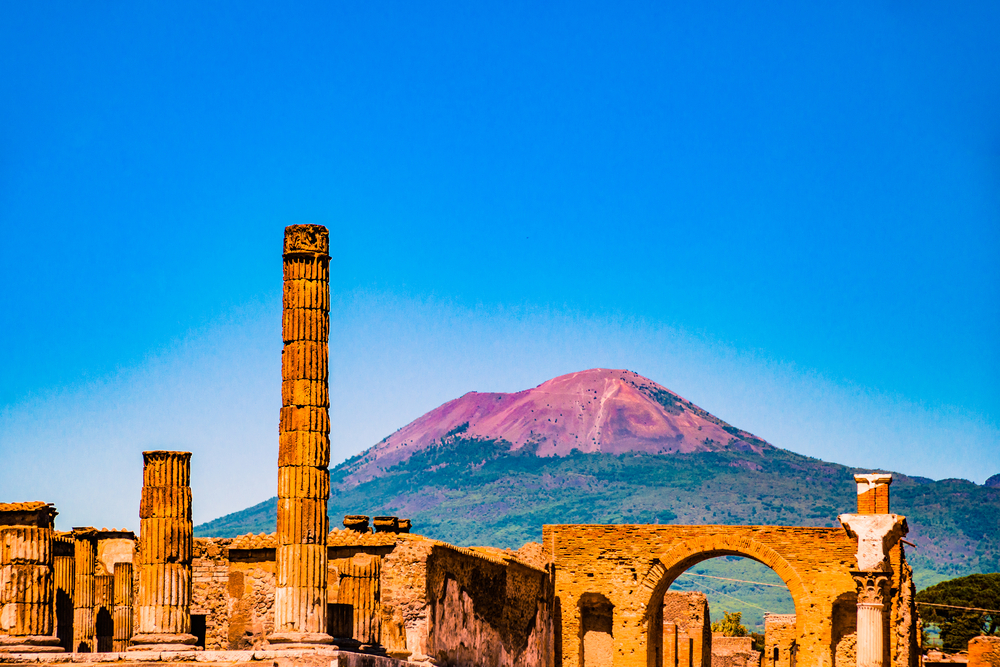
While the Mediterranean Sea is often regarded as one of the safest bodies of water in the world, the areas surrounding it are not as devoid of natural hazards.
Volcanoes are one such hazard – and the infamous Thera Eruption in the 16th or 17th century BCE is often thought to be the cause for the legend of Atlantis. Also known as the Santorini Eruption and the Minoan Eruption, this massive volcanic eruption is said to have wiped out the entire Minoan civilization.
Luckily, there is only one active volcano on the Mediterranean mainland (Mount Vesuvius), though the island volcanoes of Mt. Edna and Stromboli are also active. Mount Vesuvius also has a gory past, as this famous volcano is responsible for the violent destruction of two ancient Italian cities, Pompeii and Herculaneum.
30. Earthquakes and Tsunamis
Volcanoes aren’t the only threat to those living in the Mediterranean; earthquakes and tsunamis are not unheard of in this region either. One of the most deadly earthquakes (and consequent tsunami) resulted in the death of over 100,000 people back in 1908 in Calabria and Sicily.

